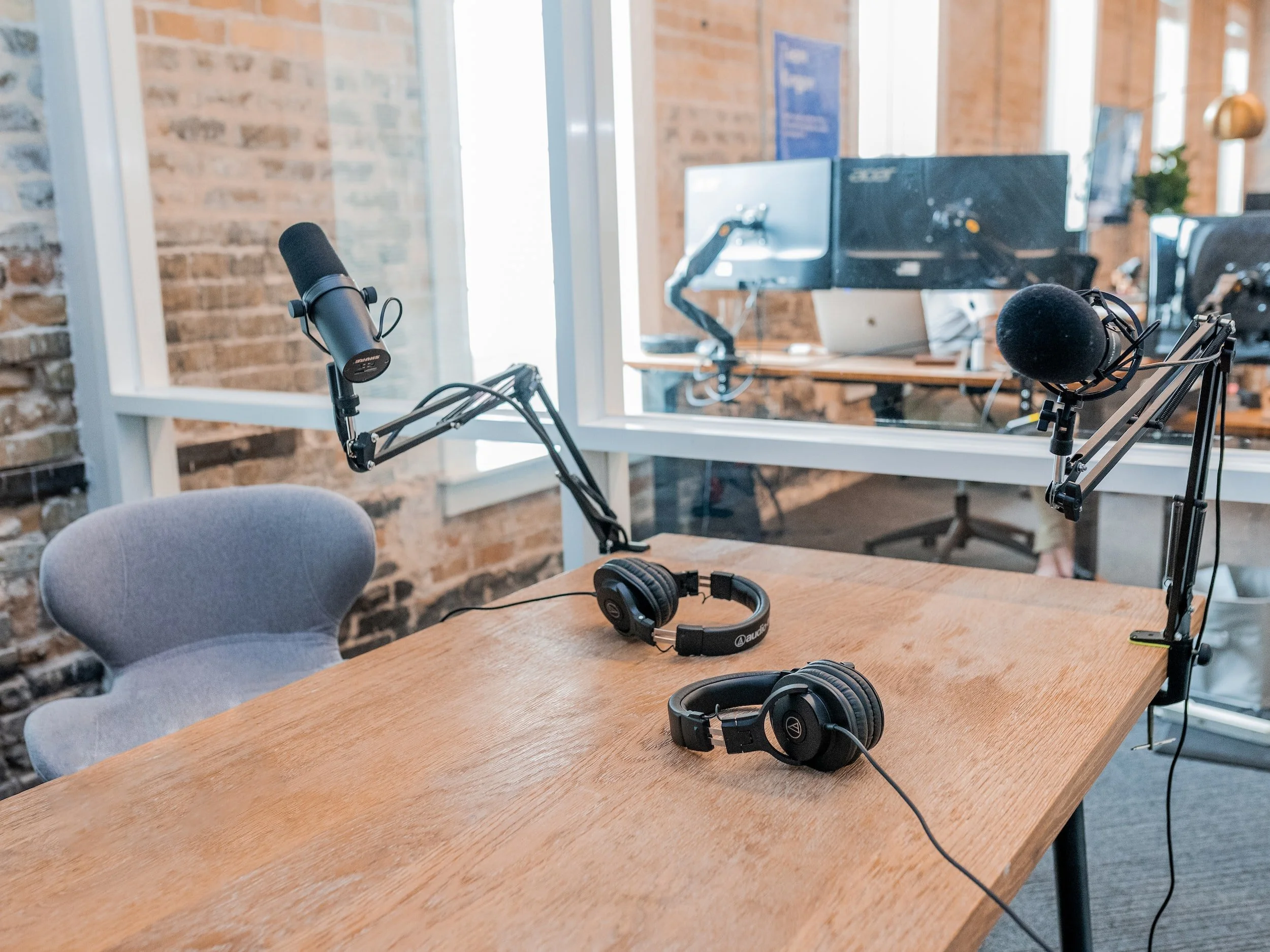Media Training Courses
-

This training prepares you to understand better how the media works and how to use the media to communicate with the public efficiently. It also includes tips on making us the top choice for journalists.
The training includes training on the following: how to become a top source for journalists, how to conduct interviews with print, television, and radio journalists, how to conduct interviews in a studio, how to conduct live interviews (with TV and radio), understanding what a soundbite is, holding a press conference, and preparing a press release.
Interviews with print and electronic media journalists are different. Typically, print media interviews are longer and only pay a little attention to our visual appearance because what is needed is information.
-

On the other hand, electronic media interviews prioritize information and visuals. Also, the duration is shorter. Interviews with radio journalists prioritize audio quality. Therefore, radio journalists often ask us to avoid crowds and find strong phone signals to ensure the interview sound is clear and worth listening to.
There is no point in having good interview content but poor sound quality or interruption due to weak cellular signals.
One question that interviewees often ask is: the interview is long, but only a few quotes are used. Or, we have explained at length, but only a one-minute clip/recording is used.
This is why we should understand the importance of a soundbite. A soundbite can be briefly referred to as the best quote. Therefore, before we give an interview, as much as possible, we should already know what the soundbite will be.
-

In news programs, a perfect soundbite should be at most one minute. If possible, between 30-45 seconds. Why is it very short? Imagine a news item with two to three sources/interviewees, while the length is only two or three minutes. TV/radio journalists need more space to broadcast long quotes.
Can we be the favourites of journalists?
Being the choice of journalists means we are often interviewed and appear in the media compared to other sources or interviewees.
How to do it? The first is to make journalists/media our working partners; don't treat them as a hassle. The second thing is we must be ready to be contacted at any time, by any journalist, especially from the media in another continent.
For example, European journalists may contact us late at night, but in their working place, it is morning or afternoon. So, are we ready to become the top choice of journalists?